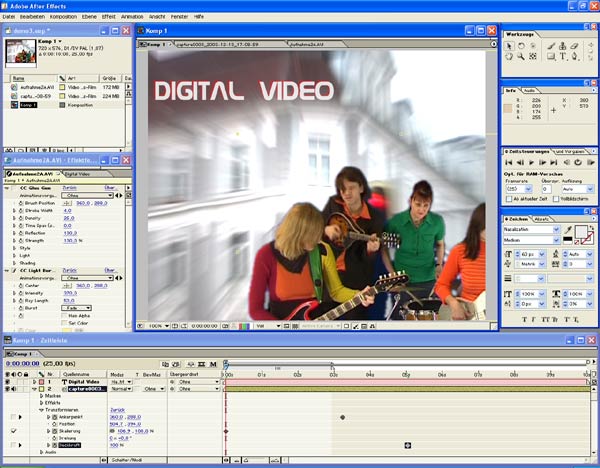

Especially as many After Effects plugins are coming across to Premiere such as the previously mentioned Warp Stabilizer.Īdobe is working hard at integrating a cross-application workflow with the new text template tools coming to Premiere. Now that everything's in the Creative Cloud, there really never has been a better time. I find it a constant source of surprise how many people either use After Effects or Premiere but not both. Now it's time to mention the biggest plugin for Premiere, After Effects. While some might feel frustrated by the seeming lack of innovation in Splatoon 3, I found that the game understands what works with Splatoon and keeps with it, making only modest changes to make an already fun experience even better.After Effects is the best way to get the most out of Premiere

Luckily, Nintendo didn't switch up its already successful Splatoon formula for Splatoon 3. The game feels bigger than its predecessors, but most of the major changes are meant to improve players' quality of life in game. While the games have their limitations (the lack of an in-game chat feature has always been frustrating), I always thought that the bar to enjoying these games were much lower than standard shooters, if only because the primary objective is never to "splat" enemies. Shooters have never been my preferred genre, but I've always enjoyed the Splatoon games. Still, the weapons add another level of strategy on top of the already varied map styles and game modes. Because of the fast and frantic nature of most multiplayer modes, these are weapons geared towards for veteran players instead of newcomers or casual players. Both are built around finesse and timing your attacks – charging the Tri-Stringer allows you to shoot small darts that explode after a minute, while charging the Splatana allows you to unleash a devastating forward attack that eliminates most opponents with one hit. Other additions to Splatoon 3 include two new weapons – the bow-like Tri-Stringer and the Splatana, a melee-focused weapon. Meanwhile, the single-player campaign starts to peel back the curtain on the post-apocalyptic world Splatoon is based in with players unraveling a new mystery in the strange land of Alterna. There are three different multiplayer modes: the standard Turf War in which two teams of four compete for three minutes to cover as much of the map with their color of ink as they can, the Salmon Run in which players try to defeat waves of enemies while collecting Golden Eggs, and a new Anarchy Battle mode which replaces Ranked Battles from Splatoon 2. Splatoon 3 still offers players distinct and separate single-player and multiplayer experiences. Splatoon 2 pulled this off to some extent, although I always enjoyed the multiplayer mode much more than the single-player mode, which almost felt like a glorified multi-hour tutorial.Īt first glance, Splatoon 3 looks and feels almost identical to Splatoon 2, but with a fresh coat of paint. In some ways, Splatoon games have always felt like two distinct games built around the same underlying engine – the multiplayer mode is for quick, team-based, free-for-all splatter action, while the single-player mode focuses more on solving puzzles that use all the game's ink-based features in interesting ways.

Because of its primary demographic, the franchise has always needed to have a more robust single-player mode as well in order to meet the needs of its players who are too young (or whose parents don't allow them) to play online. Its solution was to focus its multiplayer mode on area control with teams trying to cover a map with their color ink in a short period of time. The Splatoon franchise is something of a paradox, a "family-friendly" shooter that doesn't want to glorify violence.


 0 kommentar(er)
0 kommentar(er)
